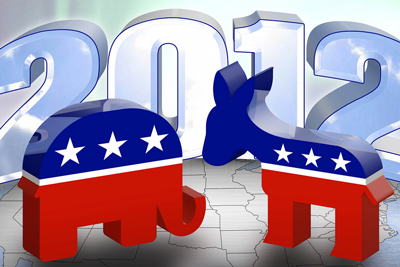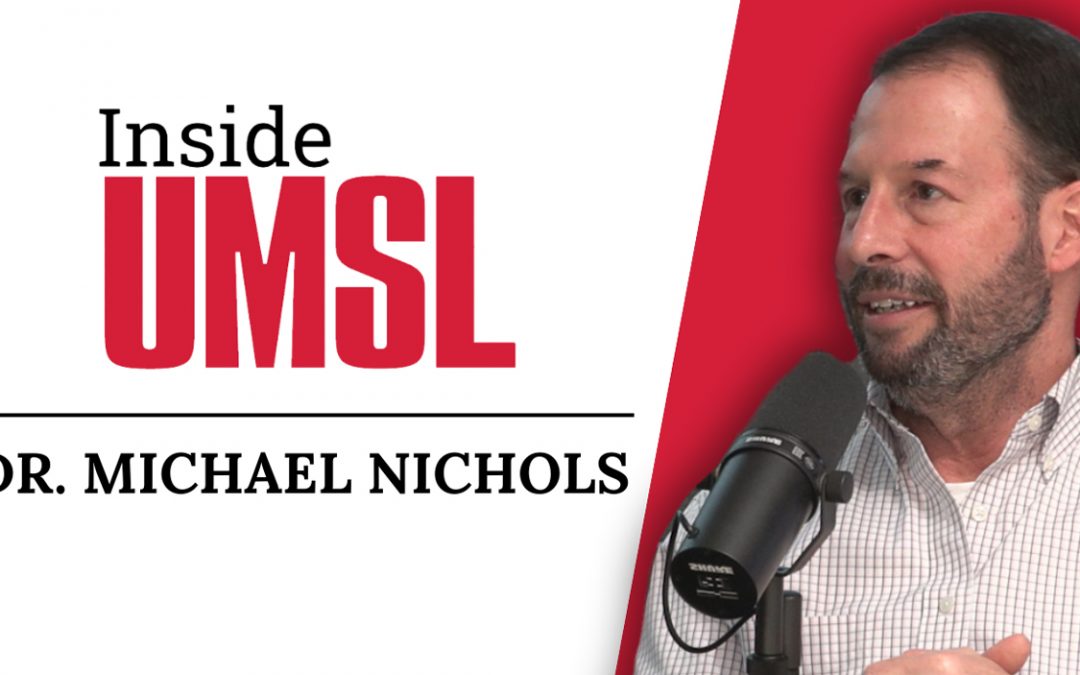On a national level, the November election will be the most important in four years. But for St. Louisans, the primary election Tuesday (Aug. 7) was also a big deal. Or as it was aptly written by University of Missouri–St. Louis political scientist Terry Jones in a St. Louis Beacon commentary last week, “If you want to decide who would best serve your views in the U.S. House of Representatives or Missouri General Assembly, don’t wait until November.”
Jones, the chair of the Department of Political Science, pointed out that the winners of the aforementioned races wouldn’t become official until after the fall election, but a win in August pretty much meant a win in November.
“August primary elections once determined the contenders for the final choice in November,” Jones wrote in the Beacon. “It was how Democratic and Republic voters chose who would best represent their respective political teams. But as legislative districts have become less competitive, primaries are the de facto general election.”
UMSL political scientists fielded numerous media inquiries before and after Tuesday’s election to help make sense of the races and results.
The day after the polls closed, Dave Robertson, Curators’ Teaching Professor of Political Science, weighed in on KMOX (1120 AM) and said the clear national story was Todd Akin’s win to earn the Republican nomination to challenge Democratic incumbent Sen. Claire McCaskill
“Akin was able to win a lot of votes in the St. Louis area,” Robertson told KMOX. “That was a little bit of a surprise to me. I thought (John) Brunner and Akin would pretty much split the vote.”
Robertson said the public prayer amendment pulled people to the polls and likely helped Akin. About a million people cast their vote on the issue. And while the race for the GOP nomination wasn’t as close as Robertson had thought, he predicted in The Washington Post that McCaskill would be viewed as the underdog this fall. He also spoke with The Kansas City (Mo.) Star about the forthcoming Akin-McCaskill race.
The political scientists were less surprised by the outcome of the Lacy Clay-Russ Carnahan race, which pitted the two Democrat congressmen against one another in the newly consolidated St. Louis congressional districts. Clay was the winner.
“The redrawn 1st Congressional District was still largely the old 1st Congressional District,” Jones said on KTVI (Channel 2). “So the contest was taking place on Congressman Clay’s home turf.”
In addition, Lana Stein, professor emeritus of political science, was quoted in the St. Louis Post-Dispatch about Clay’s primary win.
Robertson also discussed the election results on KSDK (Channel 5) and St. Louis Public Radio | 90.7 KWMU. All three of the political scientists provided the media and public with insight of the races and issues on the ballot prior to the election, including a St. Louis Post-Dispatch article on the prayer amendment. It featured quotes from David Kimball, associate professor of political science, and also ran in USA Today and the Washington Post.















